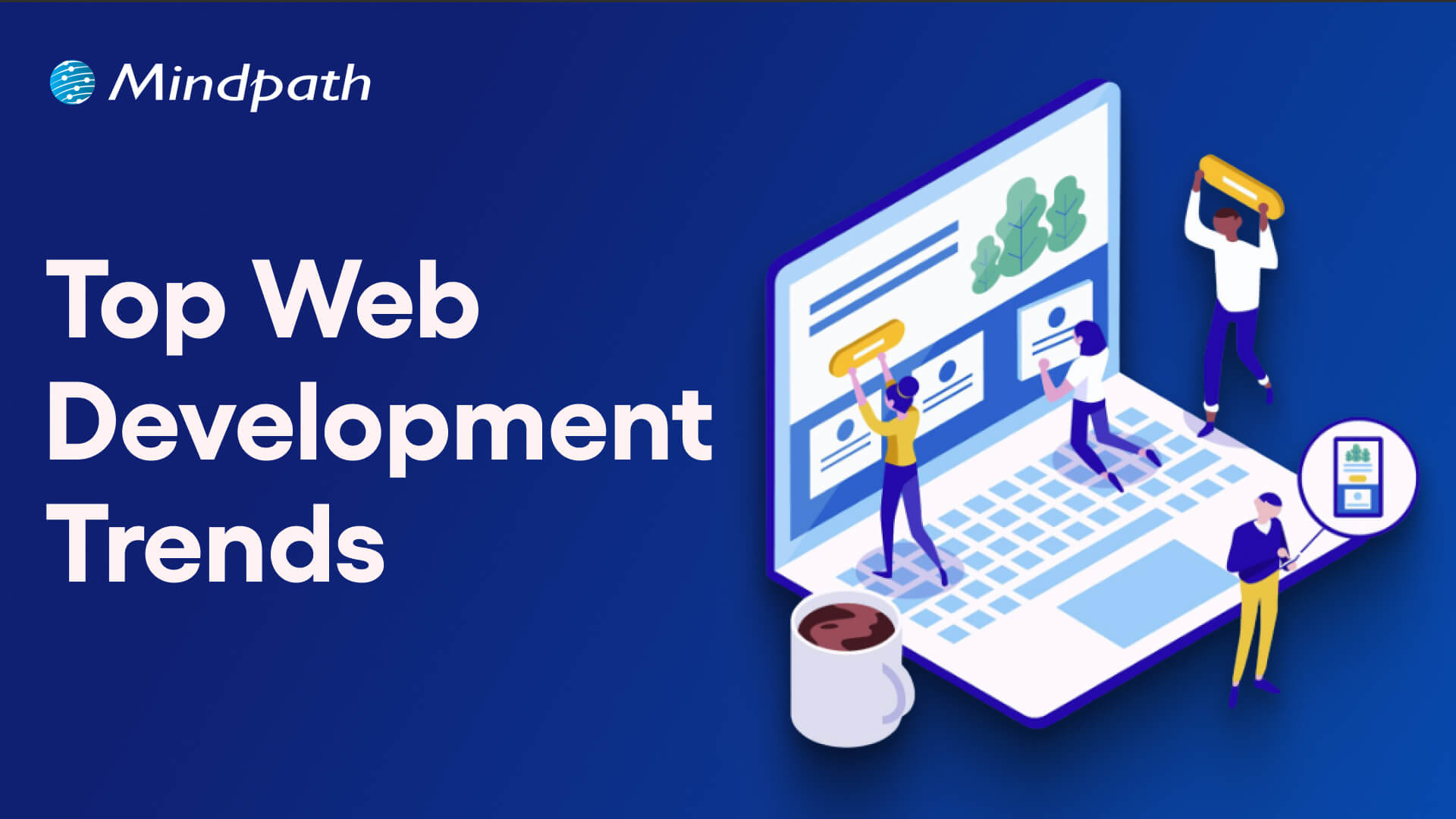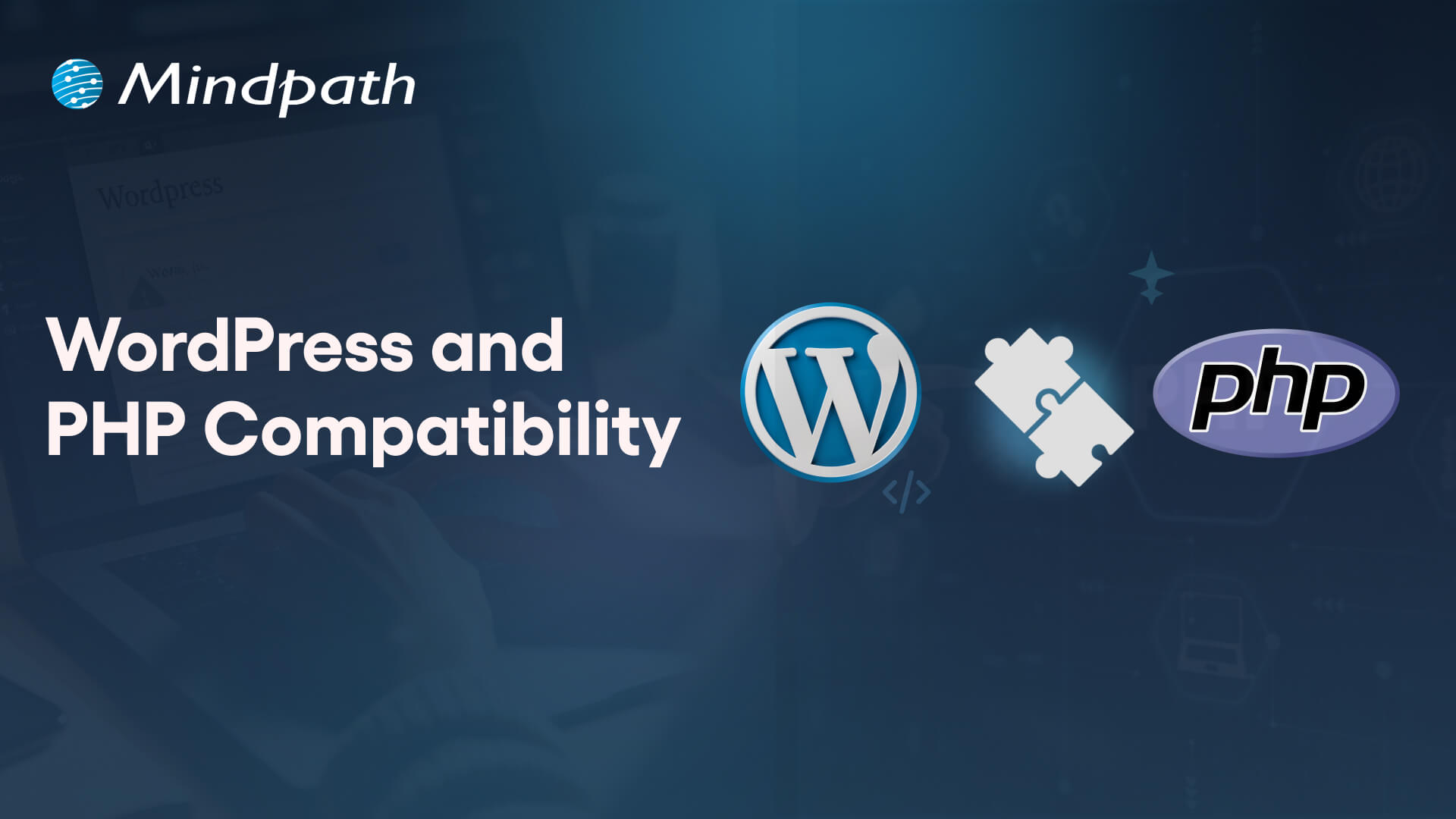Curious about how artificial intelligence is transforming the world? Dive into the future with OpenAI’s o1 Model! What if I told you that this cutting-edge technology is setting new benchmarks for AI capabilities? How does it compare to its predecessors, and what groundbreaking advancements does it bring to the table? In this blog, we will explore the revolutionary features of OpenAI’s o1 Model and uncover how it’s reshaping the landscape of AI technology. So, let’s dive in!
Overview of OpenAI o1 Model
OpenAI has now released a preview of their latest AI models, the o1 series, often known as Project Strawberry or Q*. These new models are meant to think more thoroughly before offering solutions, making them especially good at tackling complicated issues in science, math, and coding.
The o1 series stands out because it exceeds the capabilities of previous AI models. For example, the o1-preview model excels at difficult arithmetic issues, answering 93% of AIME math questions and outperforming human specialists in several scientific assessments. Along with this, OpenAI has introduced the o1-mini, a more economical version that maintains good coding skills while costing 80% less, making it an excellent choice for developers.
Key Features of OpenAI o1 Model
1. Better Safety Measures
2. Enhanced STEM Performance
The o1 models have shown outstanding performance in a variety of academic challenges. They succeed at programming competitions, demonstrating their strong coding and problem-solving talents. In maths competitions, the models have also demonstrated their abilities by achieving admirably on high-level exams. These results demonstrate the o1 models’ exceptional ability to tackle challenging STEM problems, making them very useful tools for both coding and mathematical problem solving. This impressive achievement demonstrates their capacity to deal with complex and intricate issues, establishing a new benchmark for AI in academic and technological fields.
3. Diverse Data Training
The o1 models were trained using a wide range of data sources, including public information, private content, and carefully curated datasets. This diversified training guarantees that the models are well-versed in a wide range of general knowledge and specialized subjects. By combining diverse forms of data, the o1 models develop a thorough grasp of both popular and unique issues. This thorough and diverse training improves not only their conversational skills, but also their thinking abilities, allowing them to handle a wide range of enquiries and scenarios with more accurateness and relevancy. This method makes the o1 models extremely adaptable and capable of providing intelligent and contextually appropriate replies.
4. Affordable and Cost-Effective
OpenAI’s o1-mini model is a cost-effective alternative to the more complex o1-preview, costing 80% less while still achieving excellent performance in domains like mathematics and coding. The o1-mini, designed exclusively for developers, delivers great precision and consistent results at a fraction of the cost, making it an excellent solution for applications that require cost control. This targeted pricing makes powerful AI technology available to a broader variety of customers, including educational institutions, startups, and small enterprises. OpenAI’s cheaper alternative enables these organizations to harness strong AI capabilities without considerable financial burden, boosting greater adoption and innovation in a variety of areas.
5. Greater Fairness and Less Bias
The o1-preview model surpasses GPT-4 in terms of bias and fairness. It excels at reducing stereotyped responses, resulting in more balanced and unbiased answers. In fairness evaluations, the o1-preview model consistently picks the most suitable and impartial responses, demonstrating a significant increase in its ability to handle confusing or complicated queries. This achievement not only improves the model’s capacity to provide fair replies, but it also demonstrates OpenAI’s dedication to developing AI systems that are more aware of and responsive to ethical problems. The o1-preview approach contributes to more inclusive and polite AI interactions by reducing bias and boosting fairness, making it a desirable tool for applications that need impartiality.
6. Monitoring Thought Processes and Detecting Deception
OpenAI incorporates experimental techniques into the o1 models to track their reasoning process, allowing the system to determine when it is presenting misleading or purposely incorrect data. This “chain-of-thought” monitoring aids in the detection and reduction of misleading behavior, hence increasing the model’s reliability and credibility. Early findings indicate encouraging progress in reducing the hazards associated with AI-generated misinformation.
The o1 models represent a significant advancement in AI thinking, notably in STEM fields such as mathematics, computing, and scientific problem solving. These models, including the high-performing o1-preview and the low-cost o1-mini, are intended to successfully handle difficult jobs. They also include better safety and ethical safeguards, such as rigorous testing and red teaming, to ensure more responsible AI implementation.
AI Developemnt Services at Mindpath
Final Note
OpenAI’s o1 models are pushing the limits of artificial intelligence with improved problem-solving ability, fairness, and safety features. They symbolize a new age of AI in which ethical considerations and sophisticated thinking coexist to solve hard problems in STEM and beyond. Whether you’re searching for high performance or low-cost solutions, the o1 series delivers with accuracy and dependability. Mindpath uses the power of these ground-breaking models to provide bespoke AI solutions that help organizations innovate, automate, and grow. With our experience and OpenAI’s cutting-edge technology, your organization is well-positioned to prosper in the rapidly developing world of AI-driven solutions.
Want to leverage advanced AI?
Unlock the potential of OpenAI’s o1 model with Mindpath’s expert AI development.














